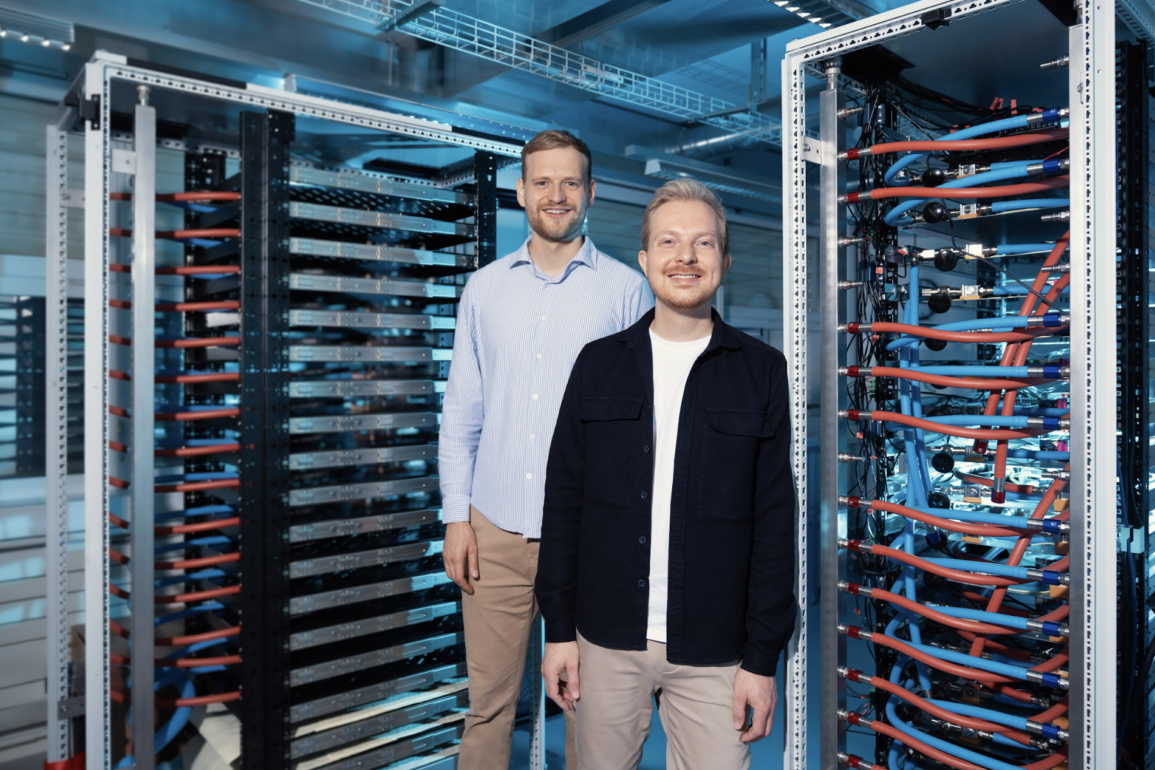The heat problem in artificial intelligence is not metaphorical. As chips grow hungrier for power, they grow hotter, and cooling them has become the next frontier in the battle to sustain AI’s exponential growth. On Wednesday, Corintis, a semiconductor cooling startup, announced it had raised $24 million to do just that. But the company’s promises — and its partnership with Microsoft — raise as many questions as they answer.
The company says its breakthrough rests on microfluidic cooling, a process of channeling liquid directly into chips to dissipate heat. “Cooling is one of the biggest challenges for next-generation chips,” Lip-Bu Tan, chairman of Walden International and soon-to-be Intel CEO, said in a statement. “Corintis is fast becoming the industry leader in advanced semiconductor cooling solutions to address the thermal bottleneck, as made evident by its growing customer list.”
The customer list includes Microsoft, which earlier this week announced what it described as a milestone: together with Corintis, it had developed an in-chip microfluidic cooling system that removed heat “a staggering three times better than the most advanced technology commonly used today,” according to Husam Alissa, director of systems technology in Cloud Operations and Innovation at Microsoft.
That achievement, if it holds up under scrutiny, would mark a dramatic improvement over conventional methods. But critics note that such claims, often tested in controlled environments, can take years to prove reliable at industrial scale. The early iterations of OpenAI’s ChatGPT, for example, ran on NVIDIA chips that consumed about 400 watts of power each. Just four years later, new AI accelerators are pushing toward 4,000 watts — a nearly tenfold increase. NVIDIA itself has shifted to liquid cooling for its data center GPUs. Corintis is betting its tailored, chip-specific designs will succeed where industry standards plateau.
Remco van Erp, Corintis’ co-founder and CEO, acknowledges the complexity. “Every chip is unique. It’s like a cityscape with hundreds of billions of transistors, connected by countless wires. Cooling today is not adapted to the chip, relying on simplistic designs where several parallel fins are carved into a block of copper with a blade,” he said. “But just like in nature, the optimal design for each chip is a complex network of precisely shaped micro-scale channels that are adapted to the chip and guide coolant to the most critical regions.”
The Lausanne-based company is rooted in research from the Federal Institute of Technology in Switzerland (EPFL), co-founded by van Erp, Sam Harrison (COO) and Prof. Elison Matioli (Scientific Adviser). It now has 55 employees and plans to grow past 70 by year’s end. With $33.4 million raised to date, the firm is promising to produce more than a million microfluidic cold plates annually by 2026. It has also secured board members such as Geoff Lyon, the founder of CoolIT, and Tan, whose coming leadership of Intel gives Corintis unusual strategic credibility.
Still, skeptics argue that Corintis faces the same scaling paradox that has haunted many hardware startups. Microfluidic cooling has long been studied in labs, but embedding it into mass-produced chips is far more difficult. Even if Corintis’ Glacierware simulation platform and Therminator emulation tool can accelerate prototyping, the sheer challenge of convincing the semiconductor supply chain to adapt is formidable.
Van Erp frames the mission more boldly: “Thermal engineers need to pull a rabbit out of a hat on a daily basis to make sure chips don’t overheat and break, and that’s where Corintis comes in. Our mission is to unlock 10x better cooling to enable the future of compute, in a short cycle time, and while leveraging the existing infrastructure investments in a data center today.”
The question, then, is whether “10x better cooling” is realistic — or marketing hyperbole. For all the talk of efficiency, data centers continue to draw ever-larger amounts of power, straining grids from Virginia to Frankfurt to Singapore. Cooling systems themselves are enormous energy and water hogs. While Corintis claims its technology can reduce water consumption, the industry has yet to see large-scale demonstrations of such savings.
Investors, at least, appear convinced. David Byrd, general partner at BlueYard Capital, which led the Series A, said: “AI’s insatiable demand for compute is pushing chips to unprecedented power densities — Corintis is unlocking the next wave of performance by making cooling a design feature, not an afterthought.”
The company has shipped more than ten thousand cooling systems already, reporting eight-digit cumulative revenue. But against the backdrop of AI’s explosive compute demands, those numbers are tiny. Industry leaders like NVIDIA and AMD command far greater resources and, increasingly, they are developing cooling systems in tandem with chip design. Corintis hopes its independence will give it flexibility — but it could also mean getting boxed out if giants move faster.
Corintis’ tie-up with Microsoft provides a powerful proof point. Yet it also raises another concern: consolidation. If only the biggest cloud players can afford to integrate cutting-edge cooling technologies, the very bottleneck Corintis claims to solve may simply reinforce existing inequalities in computing access.
For now, the company is an ambitious upstart with impressive academic pedigree and early industrial traction. But in a sector where breakthroughs are announced weekly, the true measure of Corintis will not be whether it cools one server three times better, but whether it can cool millions of them, everywhere.




